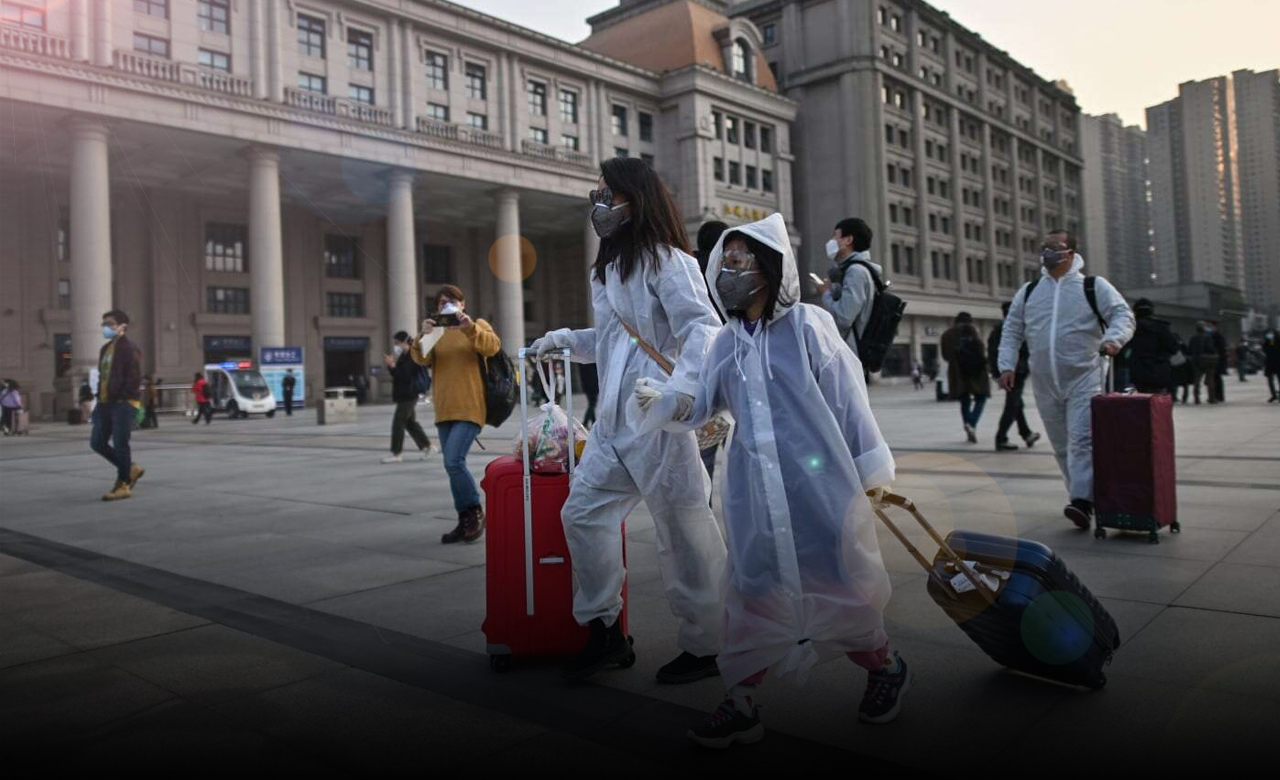The officials of China ended the lockdown in Wuhan city, the epicenter of the COVID-19 crisis, as the city rematerializes from a deadly pandemic. The novel coronavirus now raging all over the world with its fatal outcomes. However, as Wuhan opens its borders after seventy-six days, some restrictions within the city will remain effective from the administration and they warn that the threat of more infections from virus remains far from over.
China has ended its lockdown of Wuhan, the original epicenter of the coronavirus crisis, as the city reemerges from a deadly outbreak that is now raging across the globe. https://t.co/qGGjfgQvTG
— FOX40 News (@FOX40) April 8, 2020
The city of eleven million people, where the coronavirus initially detected in December 2019, locked down from the other world since 23rd January in an extraordinary effort to contain the epidemic. From today, healthy citizens as well as visitors eventually allowed to move from Wuhan, the capital of Hubei Province, China. Moreover, trains and flights restarted their journeys along with the highway entrances reopened.
The railway authority of Wuhan city projected that over fifty-five thousand travelers would leave the city by a train Wednesday, with around forty percent bound for the Pearl River Delta county, a top manufacturing hub of China, according to CCTV, the state broadcaster. The easing of the restrictions regarding travel on Wuhan is the recent breakthrough in China’s fight against coronavirus. China reported around zero new domestic COVID-19 cases in the past few weeks, leading to the same restrictive measures also lifted from other some parts of Hubei Province late previous month.
Bank of America softens loans criteria for small businesses amid coronavirus
Wuhan Epidemic Control Official about the lifting the lockdown
An epidemic control official in Wuhan city, Luo Ping, told CCTV on Sunday that the lifting of restrictions marks a complete restart of the social and economic activities of the city from their former suspension. However, he warned that Wuhan faces a hard task stopping imported cases and a restart of local infections. He told the broadcaster after the recommence of work and production, the movement of individuals increased, and the risk of cross-infections may increase from crowds. Even some citizens left their guard and do not wear face masks when they go outside the home. The lifting lockdown from the Wuhan city doesn’t mean that everything is clear, neither it means to relax the prevention and control measures of the outbreak.

Wuhan, a major industrial hub of the Hubei Province, reported over fifty thousand confirmed cases of COVID-19 and more than 2,500 deaths, accounting for seventy-seven percent of all epidemic deaths all over China, according to the National Health Commission (NHC). As the coronavirus swept the whole city, it brought to a complete lockdown in an effort to control the spread. Afterward, a similar type of halt spread to over two hundred countries as the virus hit them badly, and it infected over 1.4 million people globally.
For over two months, the officials in Wuhan suspended the transport, shut businesses, confined millions of citizens to their homes, and residential communities – not even allowed them to go out from their homes for grocery shopping. Luckily, the draconian measures work effectively. The number of new cases slowed to a drop by mid-March from thousands a day at its worst in the previous month. Xi Jinping, the President of China, visited Wuhan city on 10th March and praised the city and its residents and called them heroic.





